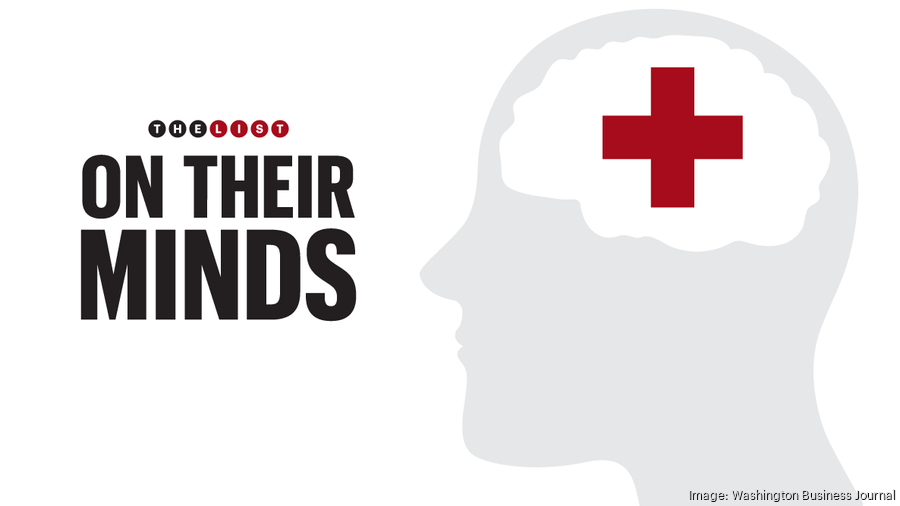Whether it was you, one of your team members or literally everyone you know, someone in your circle needed mental and emotional health support this year.
There are many lessons employers must take away from the Covid-19 pandemic, but one of the most crucial: having those programs in place for their workforce.
The providers of those benefits are keenly aware of the need.
“Since the Covid-19 pandemic, there has been a surge in employees showing signs of depression, anxiety and other serious mental health distress,” said Trudie Doudna, principal at OneDigital Health & Benefits Co.
One of the first things that Philip Swayze, the East region practice leader of health and performance for HUB International Ltd., addresses with employers is the importance of having any mental health resources at all — for not all companies are on the same page.
“In March,” he said, “I researched and created an employer-facing presentation, which I updated in the weeks before I presented it to address the impact of Covid-19 as it relates to anxiety, depression and social isolation.”
The survey says...
Chris Bartnik and Kelly Fogg, senior and associate vice presidents at Lockton Cos., conduct a survey each January of benefit strategies and trends among their employers. This year, as they were tabulating the responses, they decided a follow-up survey was needed for an obvious reason — Covid.
The follow-up survey was done in June. But it found most employers hadn’t drastically changed their overall strategies. Prepandemic, the top focus was attracting and retaining talent, while amid the pandemic, it was reducing costs.
“Prior to the pandemic, and I joke about it, but it was almost like a race to see who could give away the most,” Bartnik said. “And those dialogues have kind of waned a little bit.” But employers are trying to focus more on a few key areas such as mental health, child care support and sick leave.
Fogg, who is also director of Lockton’s health risk solutions practice in the Northeast, was pleasantly surprised to find employer leadership increasingly treating mental health as a people issue, rather than just a medical issue.
“It’s being driven by linking the mental health of employees directly to overall performance of their organization and culture, and they’re trying to compete for top talent,” she said. “So it’s not necessarily being siloed just in traditionally where it would sit in the HR department, but it’s crossing into leadership, management, performance, productivity, and diversity and inclusion strategies.”
Old benefits, new message
When Lockton surveyed its employers, it found most were concentrating on marketing the benefits they already had in place.
In terms of mental health, these can include:
- Employee assistance programs
- Telehealth services
- Wellness apps
- Educational self-help videos
People haven’t taken advantage of those benefits much in the past.
“We used to joke, if you could get 4% participation in your EAP, you’re doing a great job,” Lockton’s Bartnik said.
How do you get people to use their benefits? Alexis Holdcroft, a senior account manager for Corporate Synergies Group LLC, said that sometimes you need extra incentives.
“We are seeing employee ‘challenges’ where individuals can accrue points for completing tasks on their wellness portal,” she said. “For example, points can be awarded if employees complete guided meditations, log their sleep habits or log workouts. The winners of the challenge then receive prizes, such as meal delivery kits.”
Help wanted
Several benefits professionals observed the stigma surrounding mental health issues has lessened amid the pandemic, and fewer employees seem to feel the need to hide their struggles or that they have sought care.
Stigma, access and funding were the biggest hurdles to expanding mental health care, Swayze said. While studies show millennials were more comfortable discussing mental health than previous generations, “many organizations either believe it’s a topic for private conversations or don’t know where to start.”
Swayze added: “I believe that most employers genuinely care about their employees’ mental well-being. They just aren’t able to dedicate the time and resources needed to effectively tackle it.”
It’s important, Fogg said, for employers to look at their company culture when selecting the right benefits mix, “to have champions and really put it in management training,” she said.
2019 metro-area revenue
| Rank | Prior Rank | Company |
|---|---|---|
1 | 1 | NFP |
2 | 2 | Lockton Cos. LLC |
3 | 4 | HUB International Mid-Atlantic |
